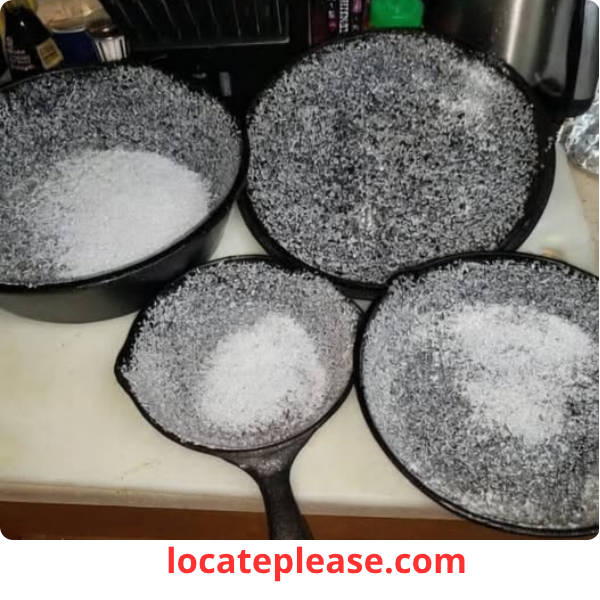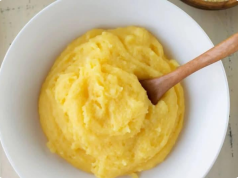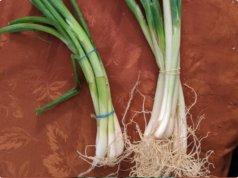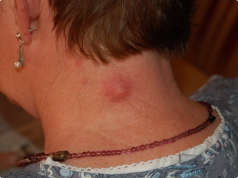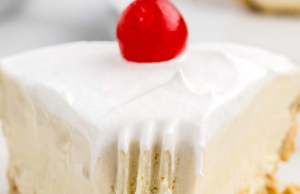If you own a cast iron skillet, you’ve probably heard the golden rule:
👉 Never use soap.
To some, it sounds like kitchen dogma.
To real cooks?
It’s sacred tradition — because a well-seasoned cast iron pan isn’t just cookware.
It’s a heirloom, a heat-retaining powerhouse, and a non-stick surface built over time through care, fire, and fat.
And the best way to clean it — the only way, according to generations of chefs and home cooks — is simple:
Salt, oil, and heat.
No soap. No scrubbing. No dishwasher.
Here’s how the pros do it.
Why You Should Never Use Soap on Cast Iron
Your cast iron isn’t like a stainless steel pan.
Its magic lies in its seasoning — a polymerized layer of oil that builds up over time, creating a natural non-stick surface.
Soap?
It’s the enemy of seasoning.
Even a drop can strip away that hard-earned layer, leaving your skillet vulnerable to rust and sticking.
And once you lose the seasoning, you’ve lost the soul of the pan.
So ditch the dish soap.
Real cooks know better.
The Only Way to Clean a Cast Iron Skillet: Step-by-Step
What You’ll Need
- Coarse kosher salt or sea salt
- Olive oil (or flaxseed, vegetable, or avocado oil)
- A stiff brush, spatula, or folded paper towel
- Your oven (optional, but powerful)
- A clean cloth or paper towel
Step 1: Clean While the Pan Is Warm
Never soak a cold cast iron skillet — thermal shock can warp it.
After cooking, while the pan is still warm (not scorching hot):
- Pour out excess grease
- Sprinkle a generous handful of coarse salt across the surface
💡 Why salt? It’s a natural abrasive that scrubs away food bits without damaging the seasoning.
Step 2: Scrub Gently
Using a folded paper towel, dish rag, or stiff brush, scrub the salt in circular motions.
The salt will:
- Lift stuck-on food
- Polish the surface
- Help recondition the seasoning
✅ No metal scrubbers! They can scratch the seasoning.
Step 3: Add Oil & Heat It (The Pro Move)
This is where the magic happens.
- Pour 1–2 teaspoons of olive oil (or your favorite oil) into the pan
- Tilt to coat the entire surface — sides, bottom, handle
- Place the skillet in a preheated oven at 350–400°F (175–200°C) for 5–10 minutes
Why?
- The heat opens the pores of the metal
- The oil polymerizes, reinforcing the seasoning layer
- Any remaining moisture evaporates, preventing rust
Step 4: Wipe Off Excess & Store
- Remove the pan from the oven (use a glove!)
- Use a clean paper towel or cloth to wipe away any excess oil
- Let it cool completely
- Store in a dry place — never stack other pans inside it
✅ Tip: If you see any rust spots, scrub with salt, re-oil, and heat again.
What to Do If It’s Still Stained or Sticky
No worries.
Repeat the process.
Sometimes, stubborn residue or a sticky film means the seasoning needs renewal.
Just go through the steps again:
- Salt scrub
- Oil
- Heat in oven
- Wipe
In a few cycles, your skillet will be smooth, dark, and perfectly seasoned.
When You Can Use a Little Water (Yes, Really)
Contrary to myth, a quick rinse with hot water is okay — as long as:
- You never use soap
- You dry it immediately on the stovetop or in the oven
- You re-oil after drying
But many purists skip water entirely — just salt, scrub, wipe, and heat.
Final Thoughts: Respect the Iron
Your cast iron skillet doesn’t need soap.
It doesn’t need special cleaners.
It just needs respect, consistency, and a little love.
This method — salt, oil, heat, repeat — has been passed down for generations because it works.
It keeps your pan:
- Non-stick
- Rust-free
- Seasoned to perfection
So next time you finish searing a steak or baking cornbread, don’t reach for the dish soap.
Reach for the salt and olive oil.
Because real cooks know —
The only way to clean a cast iron skillet…
Is the right way.
Season it. Love it. Never wash it.


